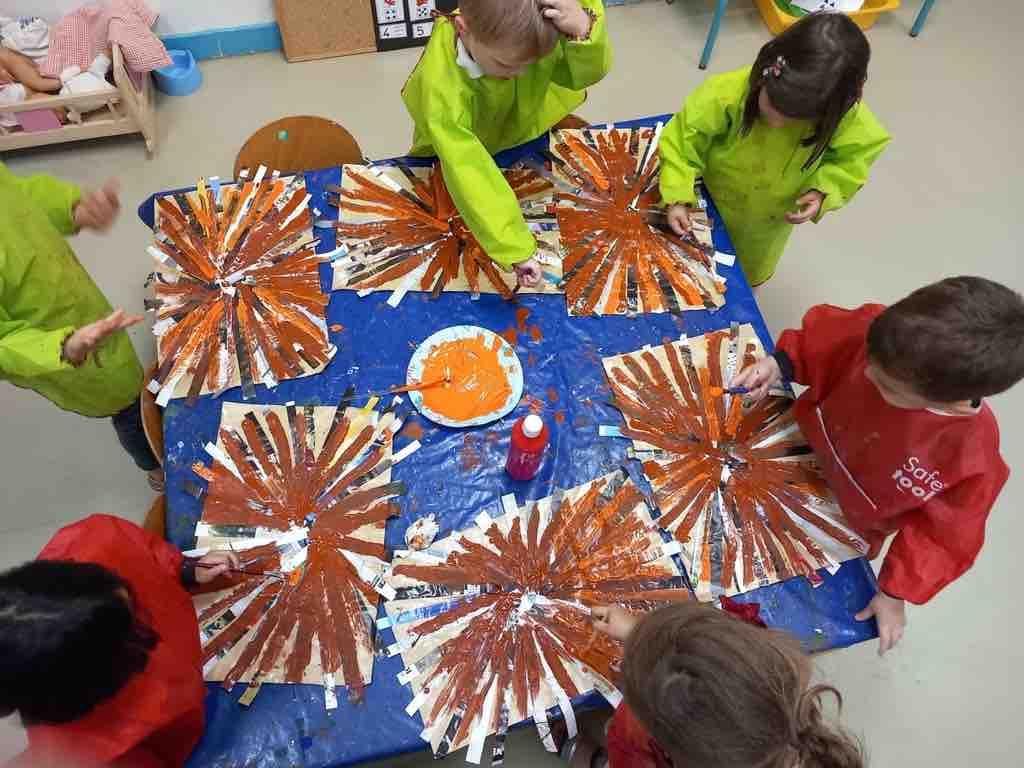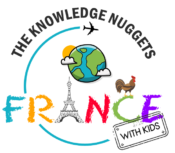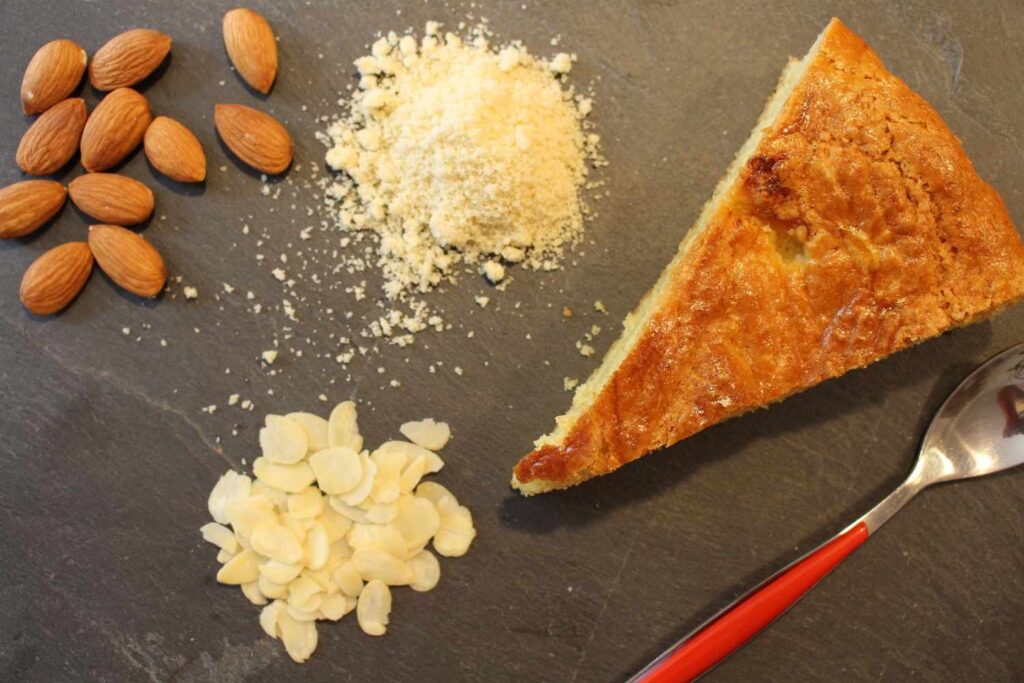
The French Ministry of Education is responsible for education in France and defines the national school curriculum. The objective of education at preschool stage is to instil a genuine enthusiasm for learning in children, to make children want to go to school to learn, to assert and develop their personality and to exercise their curiosity about the world around them. Central to this process is incorporating both play-based learning and free play. They learn by playing, thinking, solving problems, practising, recalling, and memorising.
In France, education is compulsory and free from the age of 3 until the age of 16. The French school system comprises three years of pre-primary education (in École Maternelle), five years of primary education (in École Élémentaire) and then five years of secondary education (four years in Collège and the first year in Lycée).
Preschool or École Maternelle refers to the first three years of pre-primary school (for ages 3 to 6), and the three grades are called Petite Section, Moyenne Section, and Grand Section.
Read A Year in the life of a French preschooler to get a glimpse of what to expect from your child’s experience in Petite Section, the first year of preschool in France.
What are children taught at French preschools?
The French national curriculum is divided into five key learning areas, each with specific expectations. Below is a list of what is expected of children to be achieved by the end of École Maternelle (aged 6).
1. Language skills
- Develop effective communication skills with adults and peers, expressing themselves clearly and using appropriate vocabulary
- Practice various forms of oral language, including storytelling, descriptions, explanations, questioning, proposing solutions
- Memorise several nursery rhymes and poems
- Show curiosity in writing, distinguishing between syllables, vowels, and consonants.
- Recognize letters of the alphabet, understanding that letter names may differ from their sounds.
- Identify three ways of writing letters: cursive, script, and capitals.
- Recognize their first name written in different styles and know the letters that form it.
- Copy a word or a short sentence in cursive writing without assistance.
- Write their first name in cursive and other words using known letters.
2. Physical development
- Demonstrate physical abilities such as running, jumping, and throwing in various settings using different materials.
- Learn to adjust movements according to obstacles or specific object trajectories.
- Build and maintain sequences of actions and movements.
- Coordinate movements with those of others.
3. Artistic expression (visual arts, music and performing acts)
- Select different tools and materials for creative projects.
- Practice drawing to reproduce images or create original compositions.
- Memorize a diverse repertoire of nursery rhymes and songs and perform them expressively.
- Describe images, discuss musical pieces, and articulate feelings or understanding using appropriate language.
- Engage in problem-solving within artistic projects.
4. Mathematics
- Compare quantities and create collections of items ranging from 1 to 10.
- Read numbers in digits up to 10 and begin writing them.
- Count orally up to 30.
- Compare two numbers less than or equal to 10 written in digits.
- Recognize shapes like cubes, pyramids, balls, and cylinders, as well as name basic shapes such as squares, triangles, circles, and rectangles in various forms.
- Sort and arrange objects based on length, mass, or capacity.
- Assemble models following instructions, e.g., puzzles.
5. Explore the world
- Sequence events chronologically or by days, weeks, months, or seasons.
- Arrange a series of images to narrate a story.
- Use appropriate language to indicate time (then, during, before, after) and space (front, back, right, left, above, below) in stories, descriptions, and explanations.
- Recognize and describe key stages in the development of animals or plants.
- Identify and name different body parts.
- Acquire skills in using tools and techniques such as folding, cutting, gluing, and assembling.



